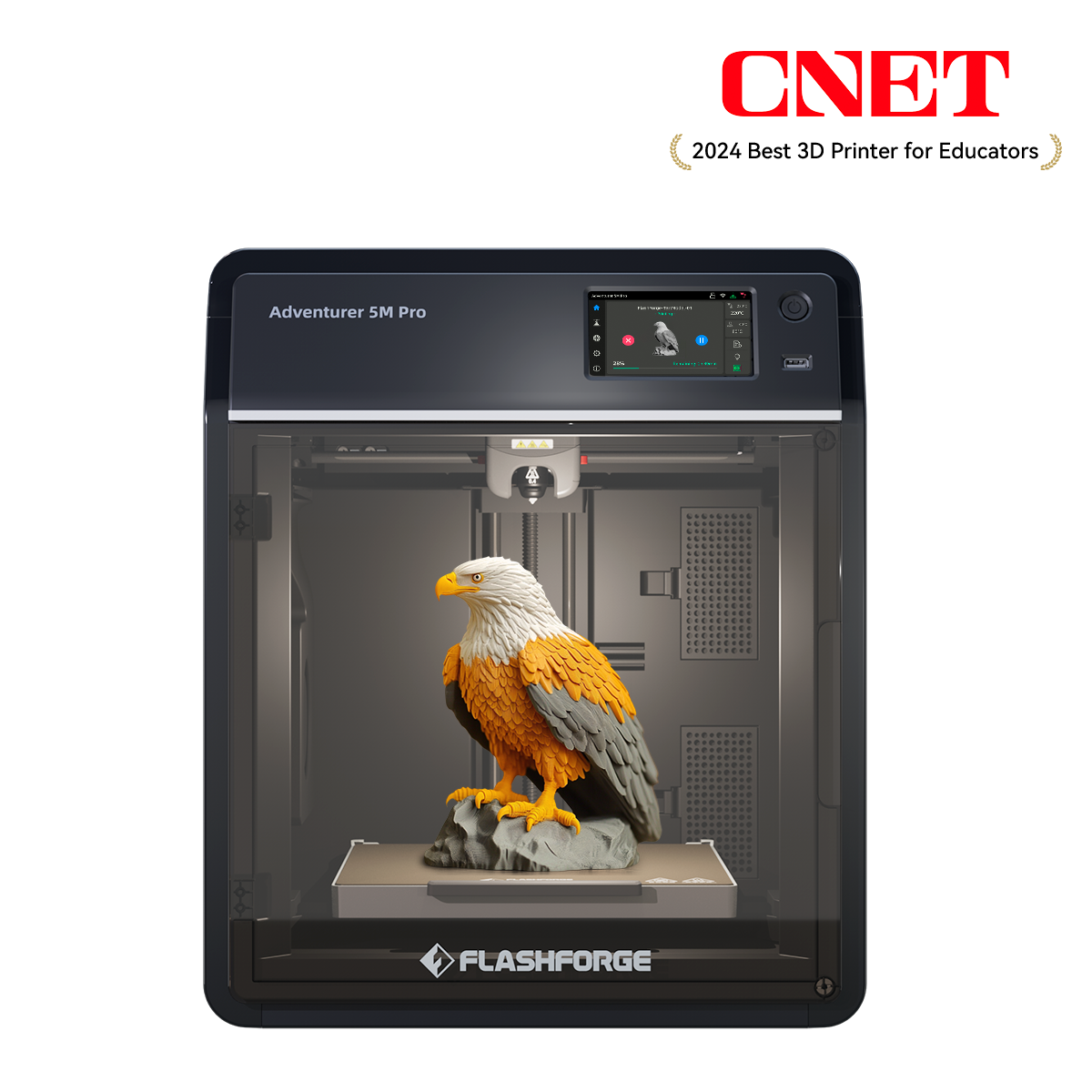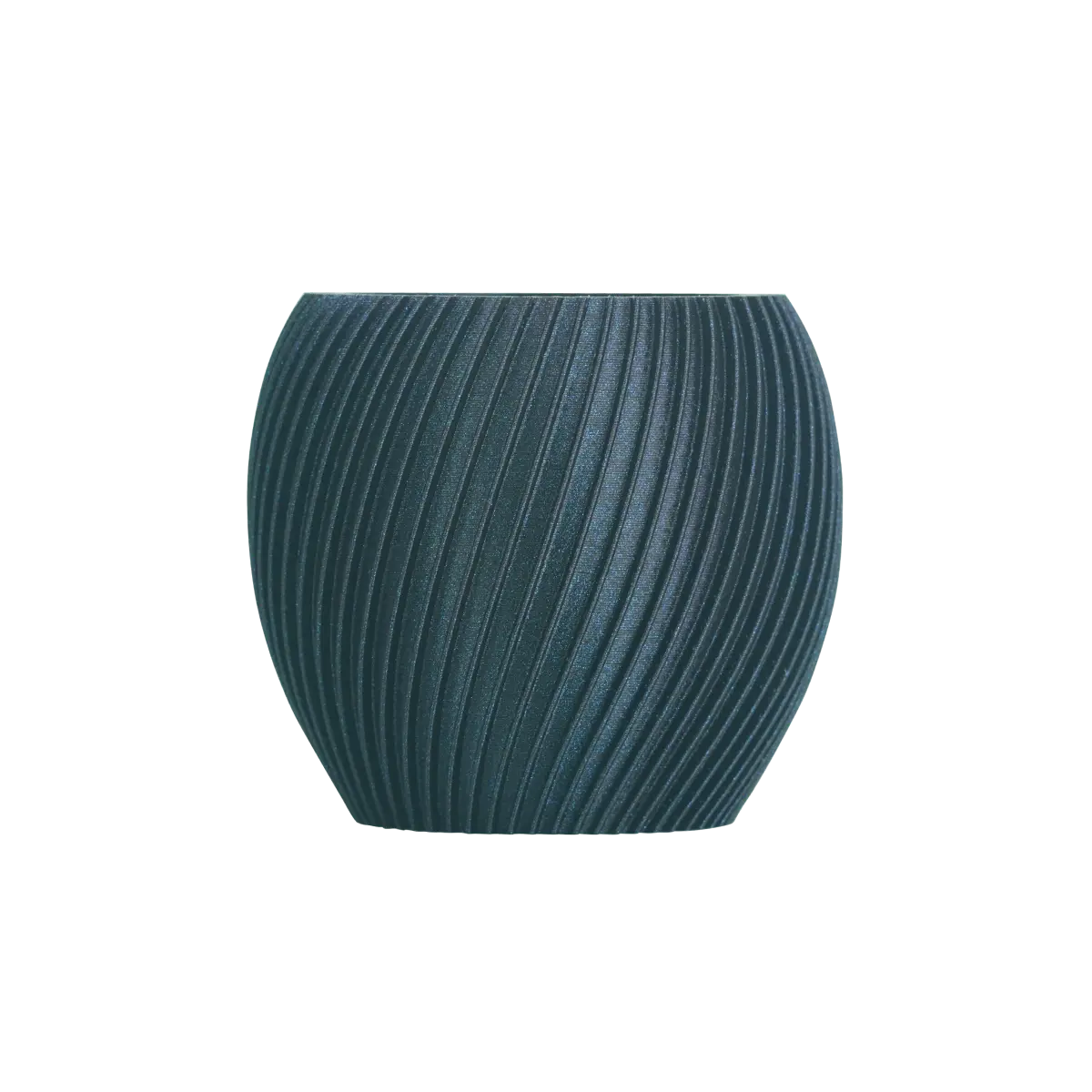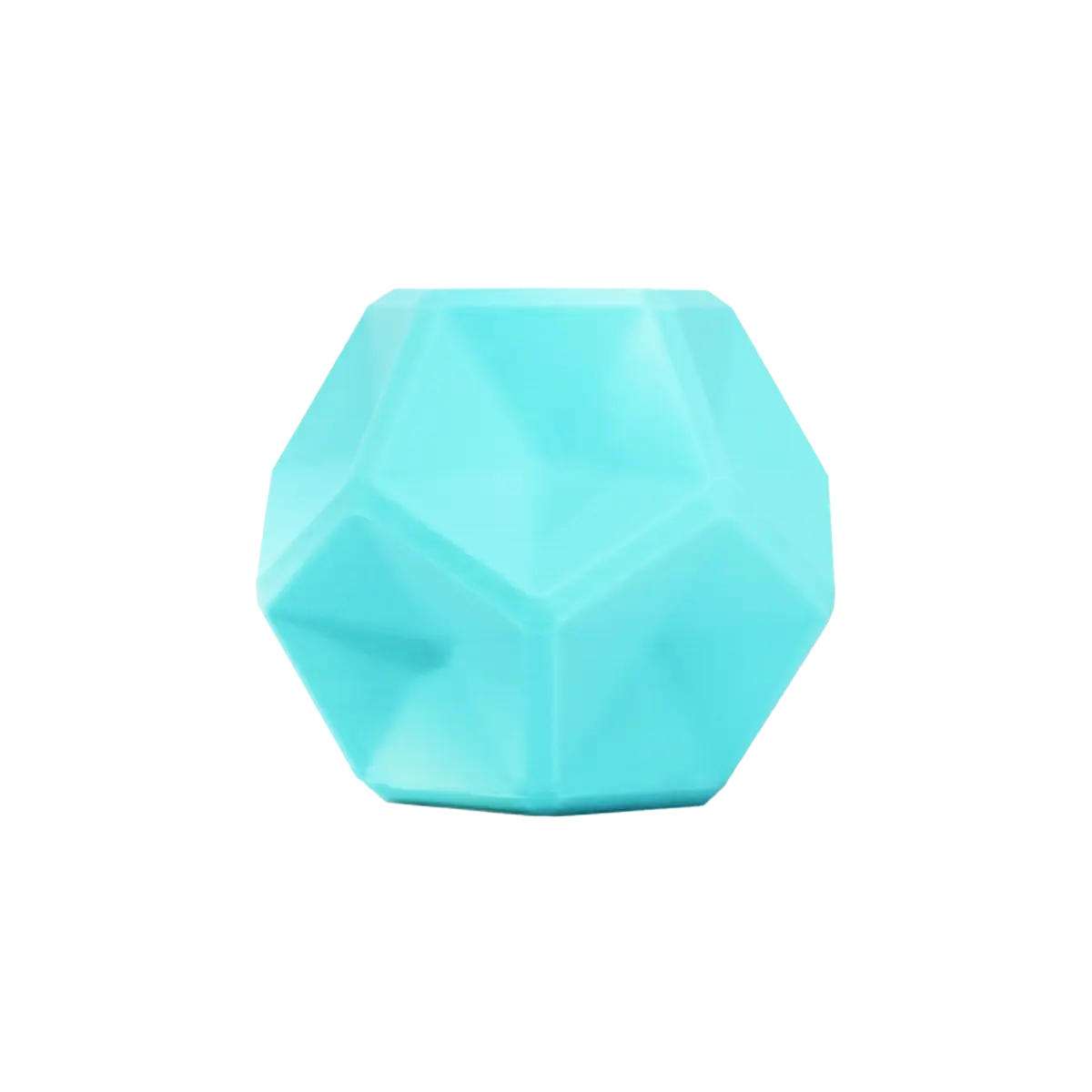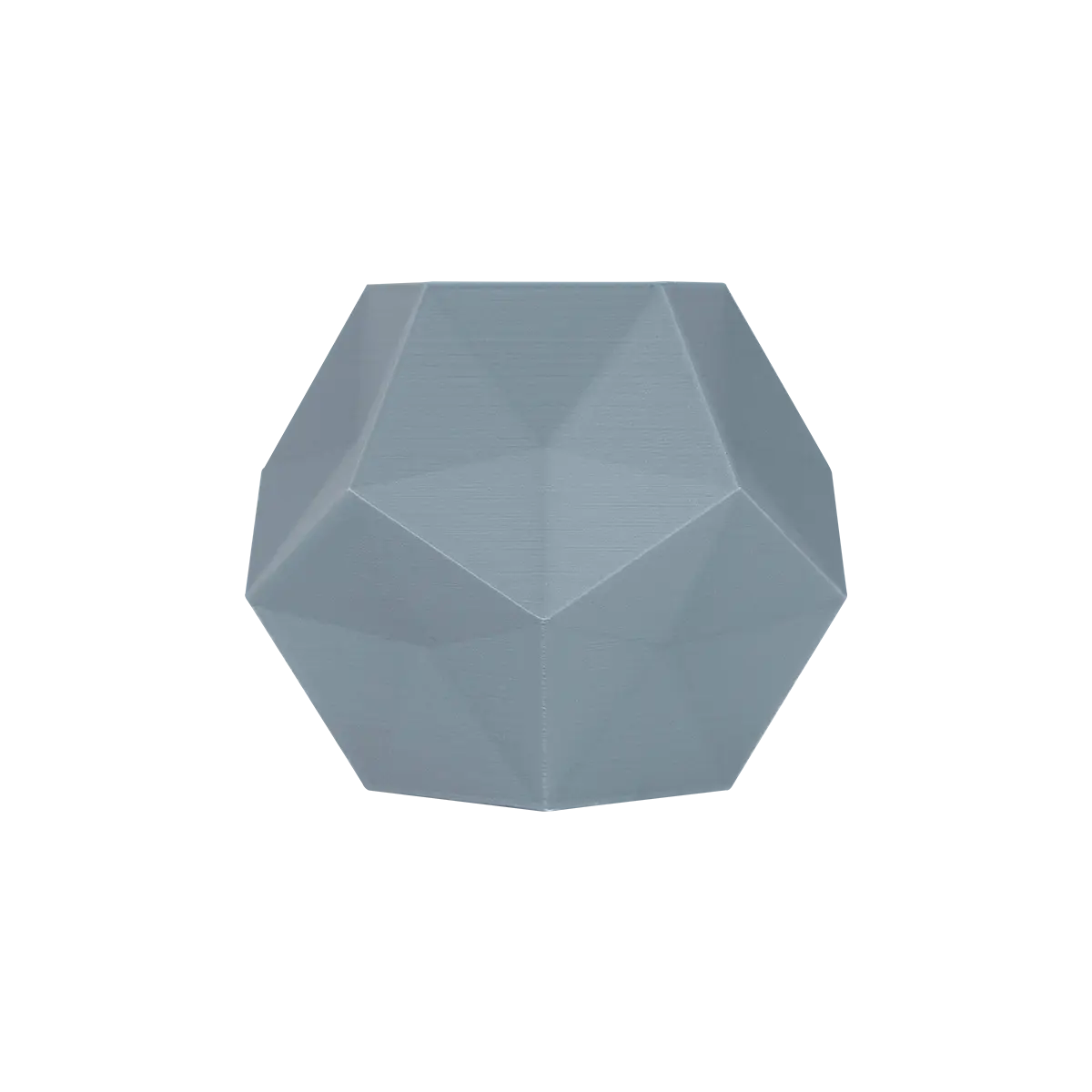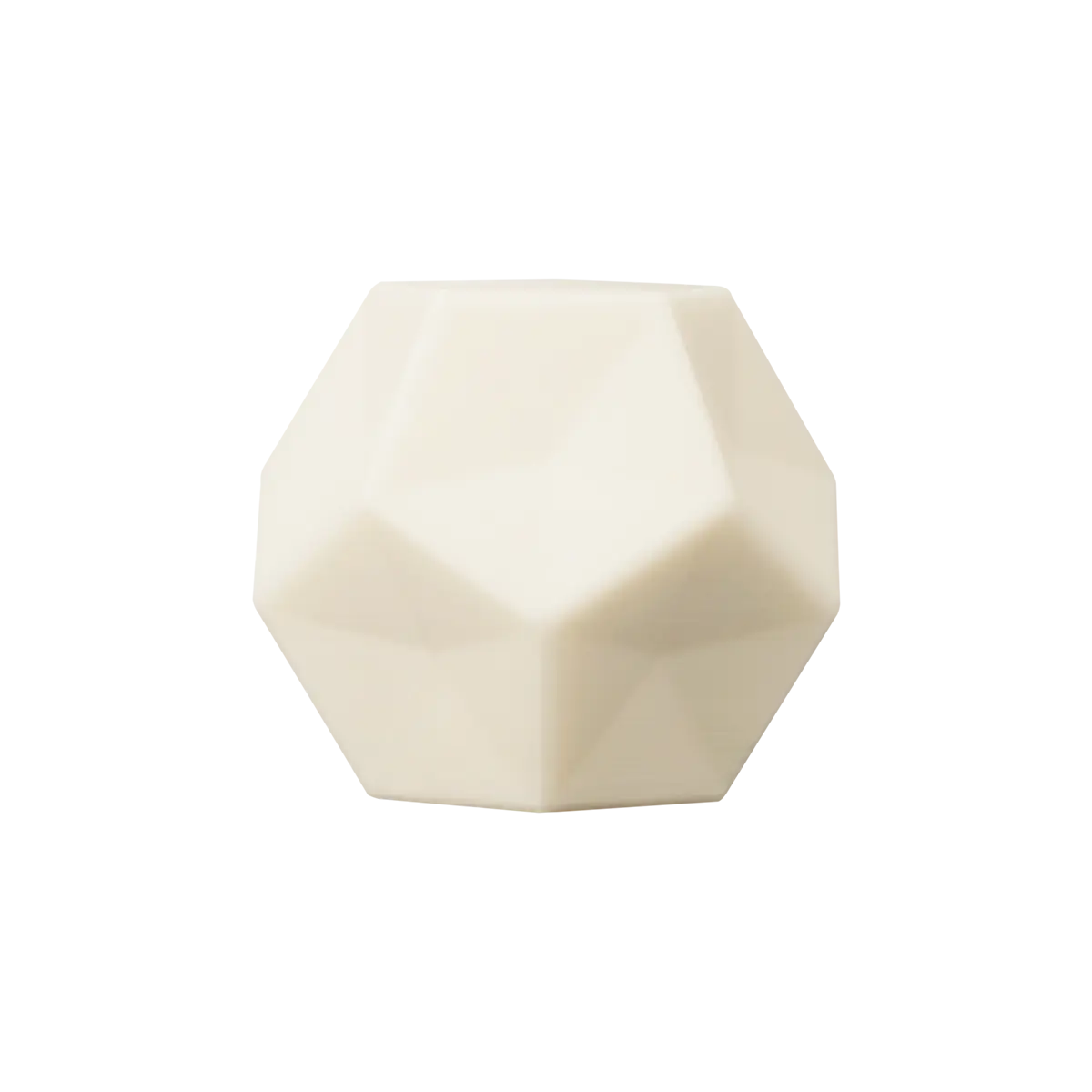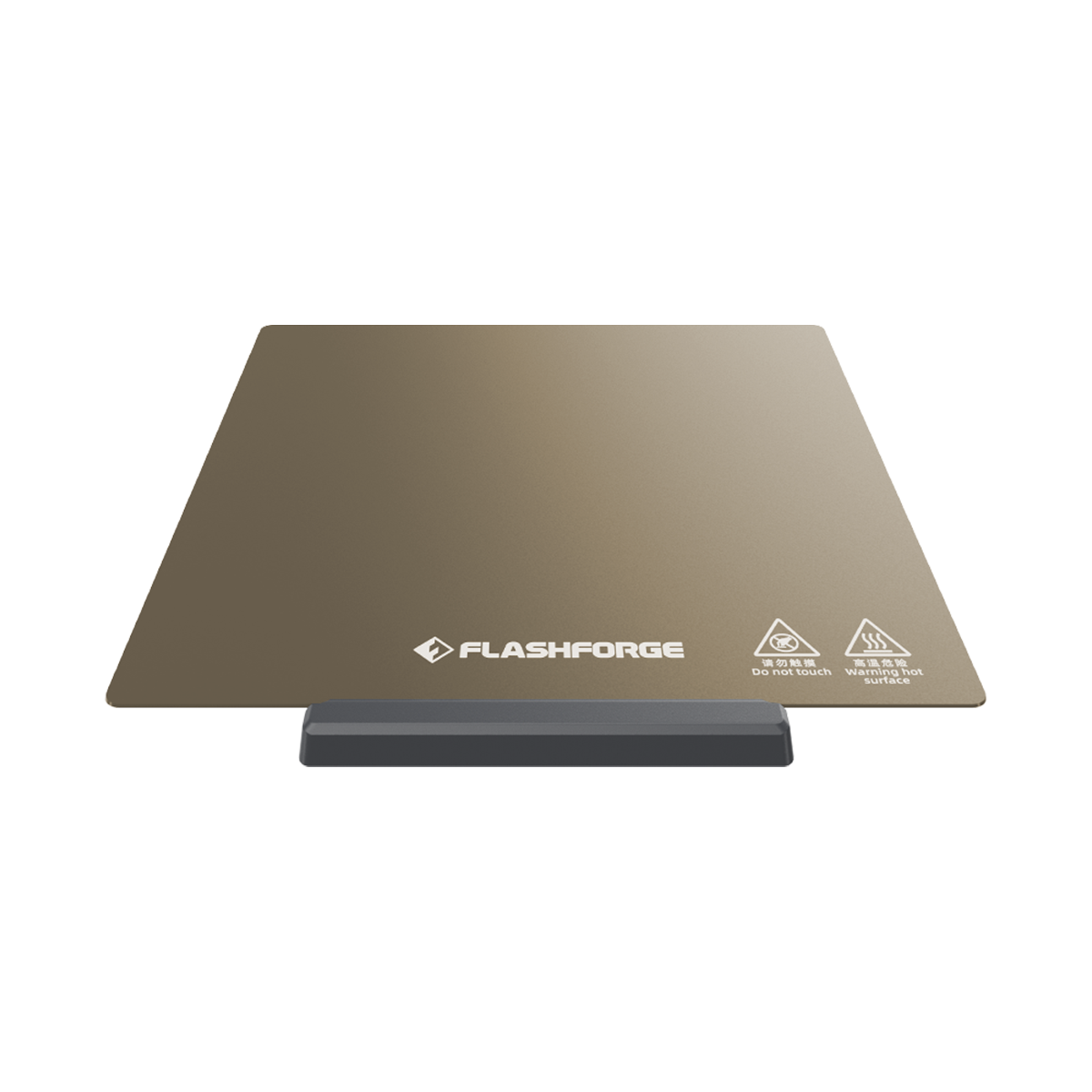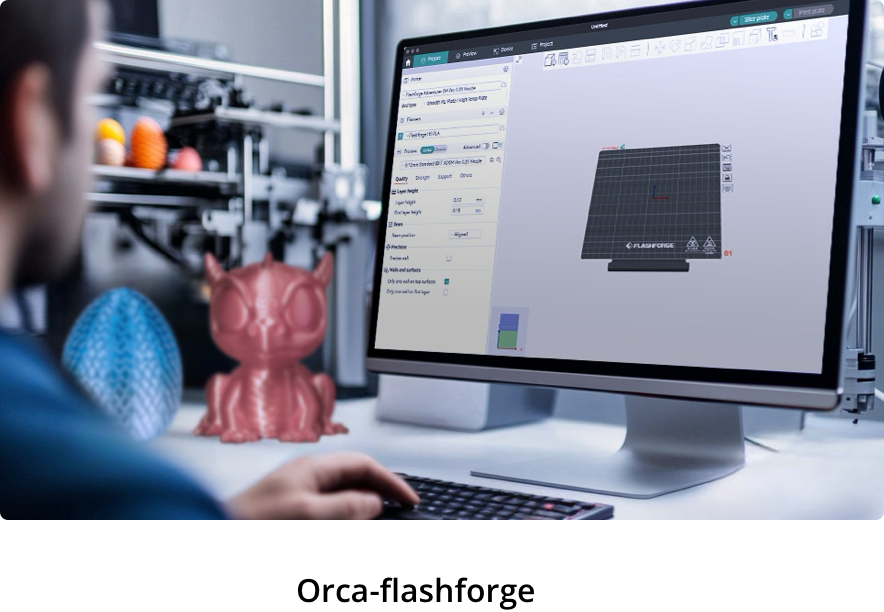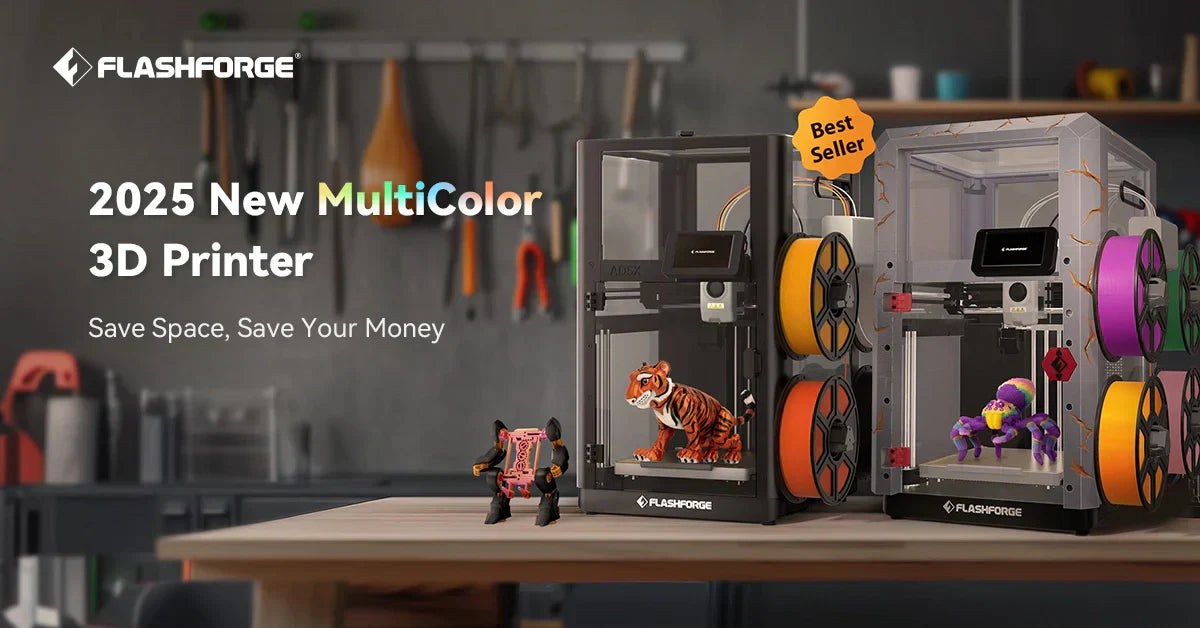When you are getting into the world of 3D printing, one of the first questions you will probably encounter is what type of filament to use. Such materials as PLA and PETG are among the most popular ones. The two materials have different uses and also have different advantages depending on the nature of the project you are undertaking. Which, however, are you to choose? In this guide, we are going to settle the PETG vs PLA debate and talk about its properties, real-world uses, comparison charts, and printing recommendations. At the end, you will have information on which filament to use depending on what you want.
What is PLA?
Polylactic Acid, or PLA, is the most popular filament that is used when printing 3D. It is made up of renewable materials such as corn starch or sugarcane, hence it is easy to dispose of and biodegradable. PLA is categorized as easy to work with and, therefore, the best option when a person is new to the game. It boasts a very low melting point, does not require a heated bed, and is relatively non-smelling when printing. It is consumer-friendly, and the PLA is appropriate aesthetically in the models, toys, and simple prototypes where resilience is not important.
However, not every PLA is identical. As an example, HS PLA by Flashforge is designed to be a fast printing material. It has a maximum speed of 350mm/s and gives a smoother surface appearance, and is available in over a dozen bold colours. It is an excellent improvement over the user wishing to improve performance over stock PLA without entering the more complex filaments.

What is PETG?
PETG stands for Polyethylene Terephthalate Glycol. It has the flexibility and rigidity of PLA in addition to being user-friendly. The material is stronger, impacts harder, and has a superior thermal resistance compared to PLA. PETG is most recommended when printing parts that require them to be functional and subject them to stress, humidity, or even outdoor conditions.
An example is HS PETG by Flashforge, which is extremely competitive both to professionals and hobbyists. It has good print speeds (up to 350mm/s), is highly durable, and offers the good looks of impactful colour-shifting finishes such as Burnt Titanium, making this PETG variant a high achiever in both form and purpose.

Direct Comparison: PLA vs PETG
This convenient comparison makes it easy to consider both the advantages and disadvantages of PETG vs PLA:
|
Feature
|
PLA
|
PETG
|
|
Print Temperature
|
190–240°C
|
220–270°C
|
|
Bed Temperature
|
25–60°C
|
60–80°C
|
|
Difficulty Level
|
Beginner-friendly
|
Intermediate
|
|
Strength
|
Moderate
|
High
|
|
Flexibility
|
Low
|
Medium
|
|
Odor
|
Minimal
|
Slight odor
|
|
Moisture Sensitivity
|
Low
|
High (requires drying)
|
|
Post-Processing
|
Easy (sanding, painting)
|
More challenging (stringing)
|
|
Use Case
|
Decorative, low-stress items
|
Functional, outdoor, mechanical
|
|
Environmental Impact
|
Biodegradable
|
Recyclable
|
|
Speed Compatibility
|
Excellent with HS PLA (up to 350mm/s)
|
Also high-speed (up to 350mm/s)
|
When to Choose PLA: Use-Case Driven Recommendations
When is PLA most relevant then? This is how you will get to know about 3D printing. PLA is perfect for hobby prints, decorations, or prototypes, and appearance is the key. It can be a tabletop figurine or a personalized phone stand; PLA produces excellent results with limited trouble.
In case you desire better or even better, go with Flashforge HS PLA. It is faster to print, stickier, and its results are smoother and glossier than PLA Basic. It also does not clog as easily, which is an immense benefit to first-time users with low-end equipment.
Some use-case examples:
For Beginners & Learning: PLA’s low melting point and forgiving nature make it the go-to option.
Aesthetic & Artistic Prints: It’s easy to paint and polish, and Flashforge offers beautiful colour options, including matte, multicolour, and marble finishes.
Rapid Prototyping: Ideal for quick iterations of parts not exposed to stress.
Low-Stress Functional Parts: Simple brackets or enclosures work well with high-speed PLA.
When to Choose PETG: The Pro's Choice for Performance
PETG enters the scene when the project has a higher degree of durability, stretchiness, and wear resistance. It is more capable of managing temperature fluctuations as compared to PLA and can be applicable to components with moderate mechanical stress. They are gears, phone holders, kitchen hooks, drones, or even RC car parts.
PETG is the best filament to use when you want something sturdy that can survive, and more so when it will be used outside. Flashforge HS PETG is designed to meet such high-performance needs. It is flexible and stiff, smooth and superb touch to the layers.
Recommended applications include:
Functional & Durable Parts: Gears, brackets, and clamps.
Parts for a Harsh Environment: Outdoor fixtures, enclosures.
Items Requiring Impact Resistance: Phone cases, structural components.
Mechanical Components: Hinges, sockets, and moving parts.

Printing with PLA vs PETG: Tips & Guidelines
Although both filaments are quite user-friendly, using them to their full potential demands learning their peculiarities.
Print Settings: PLA prints between 190–240°C, while PETG needs 220–270°C. Always check your printer’s specs.
Filament Storage: PETG absorbs moisture more readily. Store both filaments in a dry box or sealed bag with desiccants.
Post-Processing: PLA is easy to sand and paint. PETG is tougher, but can sometimes suffer from stringing. Use proper retraction settings to fix this.
The Flashforge PLA Collection (PLA 3d filament) is an ideal material to begin with because it is safer, but when one develops more confidence, they can switch to PETG (PETG filament).
FAQs (Frequently Asked Questions)
Can I use the same print settings for PLA and PETG?
No. PETG must be printed at a higher nozzle and bed temperature. There will be some retraction-cooling settings to tune, to avoid stringing and to achieve decent adhesion.
Is PLA+ a good alternative to PETG?
PLA+ is the stronger version of PLA and a compromise between PLA and PETG. Nonetheless, when it comes to weather-resistant or operating components, PETG will be better.
What PLA filaments are suitable for beginners?
Flashforge PLA Basic is a decent entry-level. When printing with a high-speed printer, opt for HS PLA, which is easy to print, high-quality, and minimizes failures.

Conclusion
Which filament is better, PETG vs PLA then? Everything will depend on your project. There are no barriers to using PLA in terms of ease of use, aesthetics, and immediate prototyping. However, in cases when strength, flexibility, and resistance to the environment are crucial, PETG goes first.
To have a doing, high-speed PLA that improves quality as well as a successful print, the HS PLA is the material of choice. And when you want to go to the next level and get more usable, longer-lasting prints, HS PETG also delivers some nice functionality, with the complexity not overwhelming you further.
Still undecided? Use PLA as a beginner and dip your toes into PETG as you become more experienced. You may want to make the right choice when it comes to the filament you use on your 3D printing journey.



